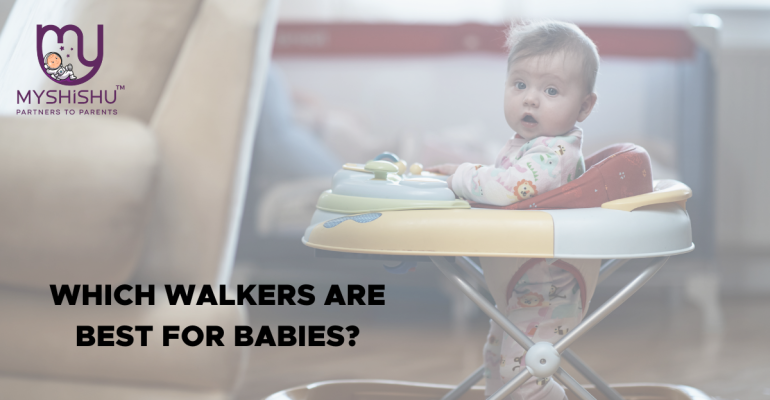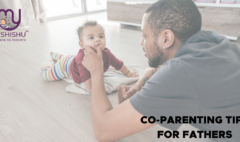Which walkers are best for babies
Which walkers are best for babies
Witnessing your little one take those inaugural steps is a momentous occasion. The choice of the right walker holds immense significance in shaping their developmental voyage. This blog will unravel the factors, safety insights, and options that make a push walker the preferred choice for parents navigating the diverse realm of baby walkers.
Table of Contents
- When is Your Baby Ready for a Push Walker?: Which walkers are best for babies
- Choosing the Perfect Push Walker: What to Look For
- 1. Tailoring to Your Baby’s Activity Level: Which walkers are best for babies
- 2. Weighing Materials and Weight: Which walkers are best for babies
- 3. Folding and Portability: Which walkers are best for babies
- 4. Finding the Right Price Point: Which walkers are best for babies
- 5. Extra Features: Lights, Sounds, or Simplicity?
- Safety First: Why Push Walkers Trump Sit-In Varieties
- Final Tips: Which walkers are best for babies
When is Your Baby Ready for a Push Walker?: Which walkers are best for babies

As your baby approaches their first birthday, signs of standing, cruising furniture, and, in some cases, early steps may unfold. However, it’s crucial to recognize that these milestones vary from child to child. The age range for most push walkers is between 6 months to 3 years, with an average manufacturer recommendation of 9 to 12 months and up as the minimum age.
Consider your baby’s physical abilities—opt for a push walker when they can balance independently and pull up to a standing position. It’s all about nurturing their natural pace and ensuring a safe and supportive environment for those exciting first steps.
Choosing the Perfect Push Walker: What to Look For
1. Tailoring to Your Baby’s Activity Level: Which walkers are best for babies
Select a push walker that aligns with your baby’s mobility. Some are ideal for beginners, offering support for those just sitting up and pulling to stand. Others cater to more active cruisers, providing a thrilling experience for independent walkers.
2. Weighing Materials and Weight: Which walkers are best for babies
Consider the type of flooring in your home. The weight and material of the push walker play a role in its effectiveness on carpets, hardwood floors, or tiles. Ensure a harmonious match with your home’s flooring for a seamless walking experience.
A baby makes love stronger, the days shorter, the nights longer, savings smaller, and a home happier.
3. Folding and Portability: Which walkers are best for babies
For parents on the move, opt for push walkers that fold flat. This feature facilitates easy transportation to a sitter’s house or during vacations. Conversely, if space permits, bulkier options might find a comfortable home in the playroom.
4. Finding the Right Price Point: Which walkers are best for babies
Walker prices can vary significantly, ranging from budget-friendly options to more premium selections. Define your budget and explore walkers that align with your financial considerations, ensuring a balance between quality and affordability.

5. Extra Features: Lights, Sounds, or Simplicity?
The array of push walkers extends beyond the basics. Consider the extras based on personal preferences—some walkers boast bright lights, music, and interactive features, while others embrace a more muted, wooden aesthetic. Your baby’s enjoyment is key!
Safety First: Why Push Walkers Trump Sit-In Varieties
Say No to Sit-In Walkers: Prioritizing Safety
Not all walkers are created equal, and safety should be a top priority. The American Academy of Pediatrics (AAP) advises against sit-in baby walkers due to associated risks, including falls down stairs and hindrance to independent walking. Opt for push walkers where your baby walks behind, fostering a safer and more natural developmental progression.
Final Tips: Which walkers are best for babies
Always Supervise: Which walkers are best for babies
While push walkers are designed with safety in mind, it’s crucial to monitor your baby during their walking adventures. Keep the space free from reachable hazards, ensuring a secure environment for those tentative first steps.
Quiz Time: Test Your Walker Wisdom!
Question 1: What is the recommended age range for most push walkers?
- Answer: 6 months to 3 years, with an average minimum age of 9 to 12 months.
Question 2: Why does the American Academy of Pediatrics advise against sit-in baby walkers?
- Answer: Sit-in walkers pose risks such as falls down stairs and hindrance to independent walking.
Question 3: What flooring factor should be considered when choosing a push walker?
- Answer: The type of flooring in your home.
Happy strolling with your little one!
Celebrate each step of your child’s journey and remember that parenting is an ever-evolving adventure. Stay tuned for more insightful blogs from MyShishu!
Explore our range of courses on new-age parenting at New-Age Parenting | Modern Parenting Styles | MYSHISHU.
For additional parenting insights and valuable information, check out our blog “Cry, Feeding and Weaning of Newborn Baby” at Cry, Feeding and Weaning of Newborn Baby – My Shishu.
Hope you’ve enjoyed the blog “Which walkers are best for babies”. Happy Parenting!











